James Joyce
Note: Gấu không đọc được “Ulysses”, nhưng lại quá mê tập
truyện ngắn “Những cư dân của Dublin” của ông. V à đã từng dịch 1 trong những
truyện ngắn trong đó, đăng trên “Tập San Văn Chương”, dưới cái nick Thương Ẩn –
chôm Lý Thương Ẩn. Nhớ là Joseph Huỳnh Văn mê quá, và, mê nhất dòng giới thiệu
15 truyện ngắn trong đó là 15 mảnh đời xé ra từ xứ Ái Nhĩ Lan nghèo khổ…
Nhưng, lại quá mê “Mrs Dalloway” (1925) của Virginia Wolf.
Post sau đây, bài của Borges, trong “Selected Non-Fictions”,
về cuốn này.
“Mrs Dalloway” là do Gấu tự khám phá ra, trong 1 ngày nắng đẹp
Sài Gòn, ghé tiệm sách, thời kỳ “Sách Bỏ Túi”. Livre de Poche, của Tẩy tràn ngập
Sài Gòn. Vô tình cầm lên, đọc 1 phát, là dính liền. Ngồi La Pagode, vẫn còn ngất
ngư, nói với ông anh nhà thơ TTT, ông cũng mê luôn, mắt mơ màng, nói với thằng
em, “cậu” phải đọc nó, một, hai lần… 1 lần không đã đâu… !
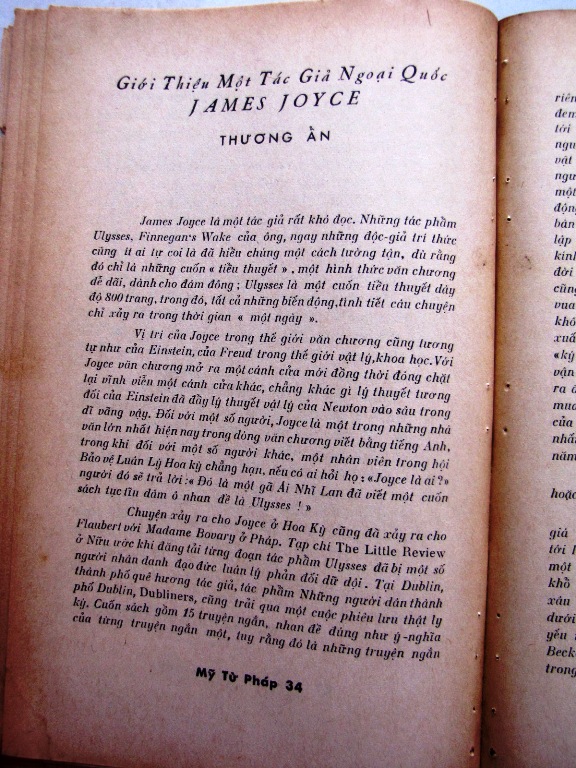
GCC giới thiệu 1 truyện ngắn của Joyce trong Dubliners.
Thương Ẩn, là từ Lý Thương
Ẩn.
Post thêm
bài này của Prospero, thần sầu!
James
Joyce's "Ulysses"
Why you
should read this book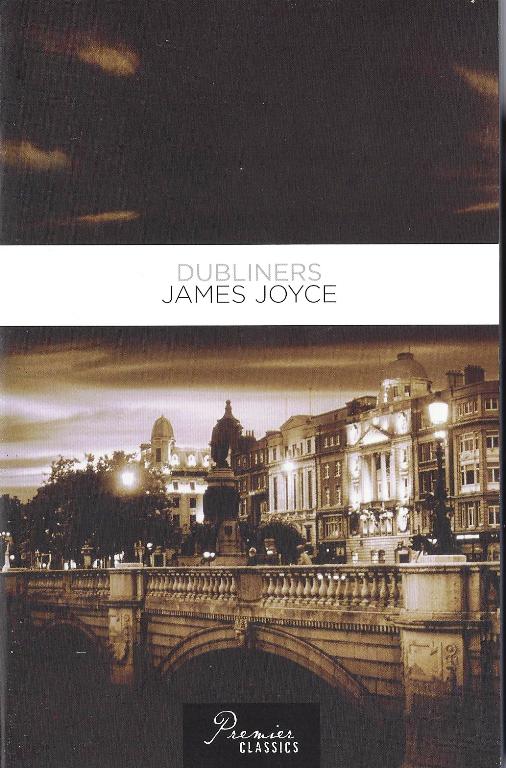
Mua cuốn này, vì nhớ tới bạn Joseph Huỳnh Văn. Bạn ta thú bản dịch Eveline của Gấu, khi đăng trên TSVC. Lần này, sẽ đi thêm một, hai truyện.
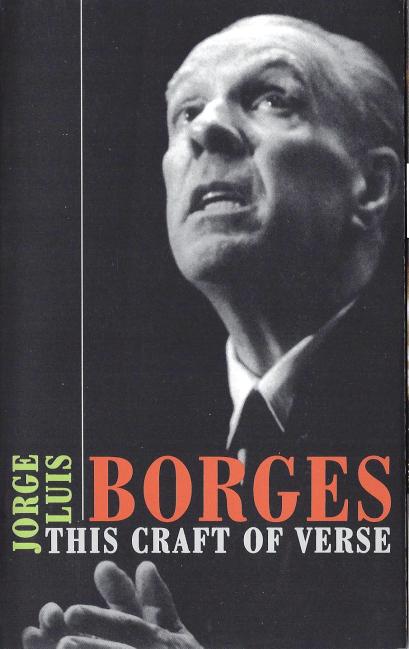
Cuốn này,
mua cũng vì nhớ bạn, thi sĩ.

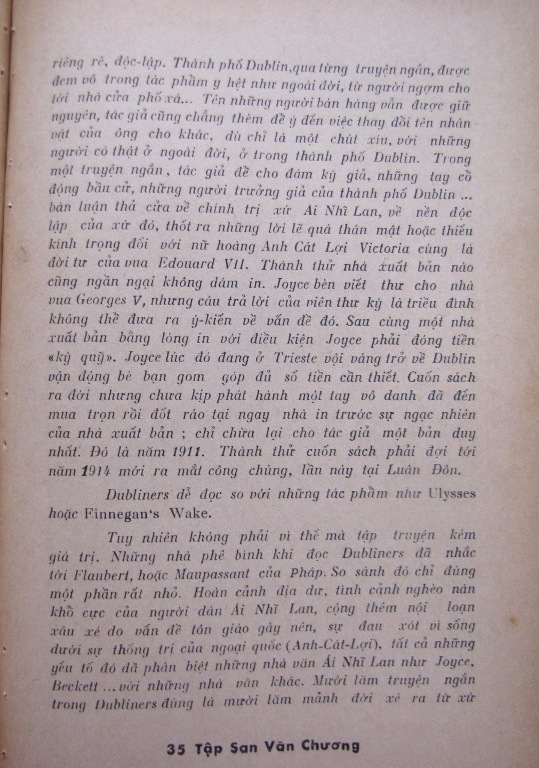
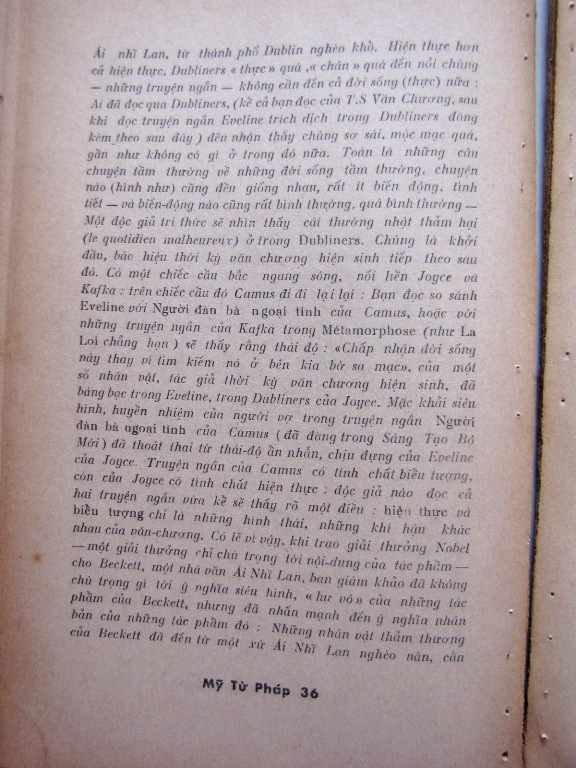


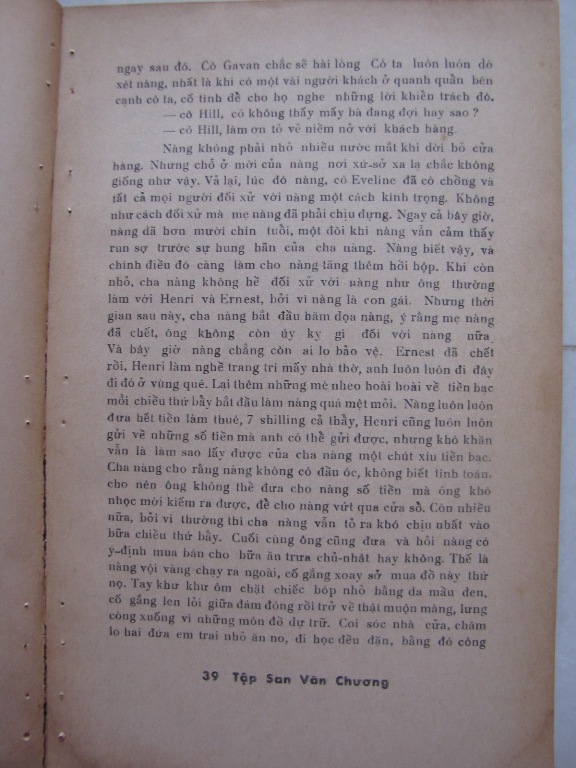
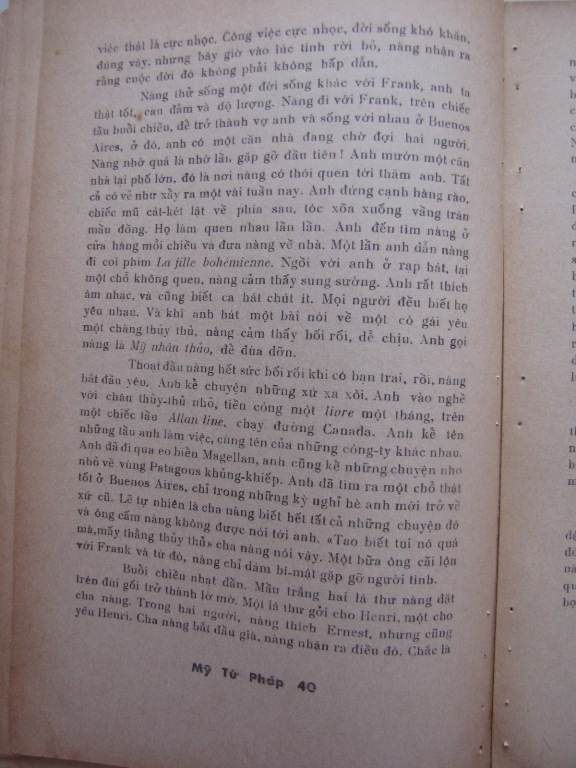
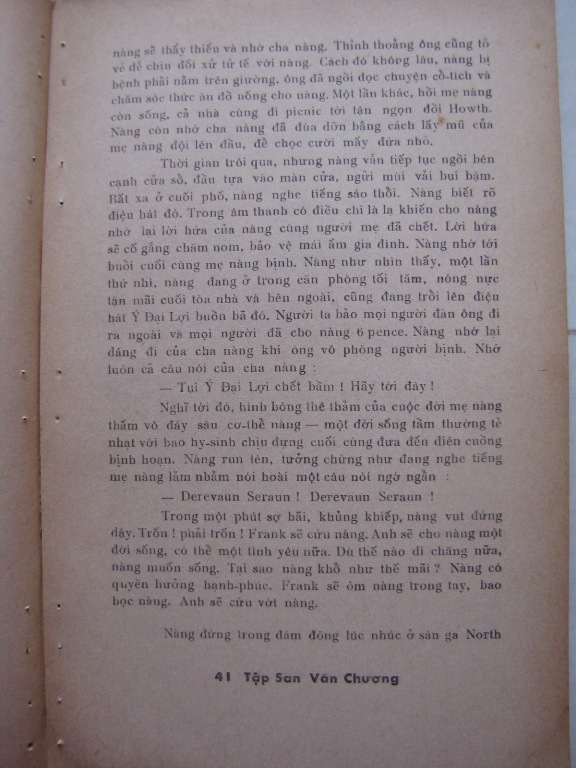

Virginia
Woolf
Virginia
Woolf has been called "England's leading novelist.” The precise hierarchy
is unimportant-literature not being a contest-but hers is indisputably among
the most sensitive of the minds and imaginations now felicitously experimenting
with the English novel.
Adelina Virginia Stephen was born in London in 1882. (Her
first name vanished without a trace.) She is the daughter of Mr. Leslie Stephen,
a compiler of biographies of Swift, Johnson, and Hobbes-books whose value lies in
the fine clarity of the prose and factual precision, and which attempt little analysis
and no invention.
Adelina Virginia was the third of four children. The illustrator
Rothenstein remembers her as "absorbed and quiet, all in black, with white
lace collar and cuffs." From infancy, she was raised not to speak if she
had nothing to say. She was never sent to school, but her domestic training
included the study of Greek. Sundays at the house were crowded: Meredith,
Ruskin, Stevenson, John Morley, Gosse, and Hardy were all frequently in
attendance.
She spent the summers in Cornwall, at the seaside, in a small
house lost on an enormous, untended estate, with terraces, a garden, and a
green-house. The estate reappears in a 1927 novel. ...
In 1912, Virginia Stephen marries Mr. Leonard Woolf in
London, and the two acquire a printing press. Typography, that sometimes treacherous
accomplice of literature, appeals to them, and they compose and print their own
books. They undoubtedly have in mind the glorious precedent of William Morris,
printer and poet.
Three years later Virginia Woolf publishes her first novel: “The
Voyage Out”. In 1919, “Night and Day” appears, and in 1922, “Jacob's Room”.
This book is already fully characteristic. There is no plot, in the narrative
sense of the word; the subject is a man's character, studied not in the man
himself, but indirectly in the objects and people around him. “Mrs. Dalloway”
(1925) narrates a day in a woman's life; it is a reflection -though not at all
excessive-of Joyce's “Ulysses”. “To the Lighthouse (1927) employs the same
technique: it depicts a few hours in several peoples' lives, so that in those
hours we see their past and future. The preoccupation with time is present, as
well, in “Orlando” (1928). The hero of this extremely original
novel-undoubtedly Virginia Woolf's most intense and one of the most singular and
maddening of our era-lives for three hundred years and is, at times, a symbol
of England and of its poetry in particular. Magic, bitterness, and happiness
collude in this book. It is also a musical work, not only in the euphonious
virtues of its prose but in the structure of its composition which consists of
a limited number of themes that return and combine. We also hear a kind of
music in “A Room of One's Own” (1930), in which and reality alternate and reach
an equilibrium.
In 1931, Virginia Woolf published another novel: “The Waves”.
The waves that give their name to the book take in, across time and its many vicissitudes,
the characters' inner soliloquies. Each phase of their lives corresponds to a
different hour of the day, from morning to night. There is plot, no conversation,
no action. Yet the book is moving. Like the rest Virginia Woolf's work, it is
weighted with delicate, physical facts.
[1936]
[EA]
Jorge Luis Borges: Selected Non-Fictions
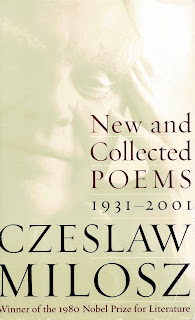

Comments
Post a Comment